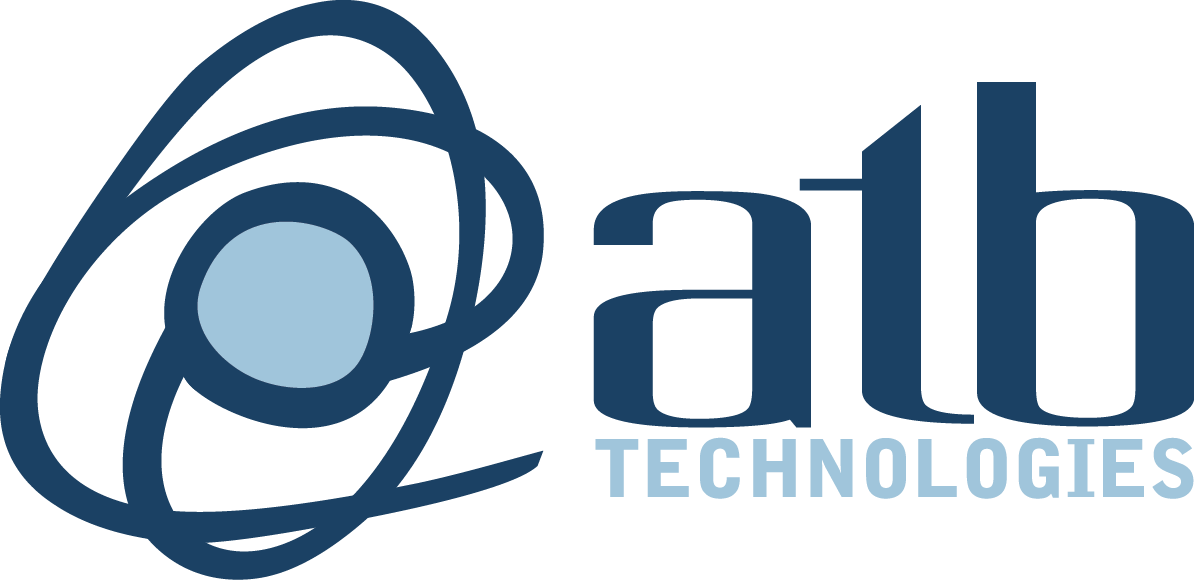For decades, Mac users were proud to tout that their computers were more or less impervious to viruses and malware attacks. But as Macs have become increasingly popular, there has been a simultaneous and unprecedented rise in Mac OS X malware. According to security researchers at Bit9 + Carbon Black, the number of Mac-based malware infections in 2015 is at least five times higher than the previous five years (2010-2014) combined.
Because of the tremendous uptick in Mac users in both home and office environments, cybercriminals have stepped up their efforts to hack Apple devices. Hackers are adopting a targeted approach to Mac OS X systems, undermining the longstanding notion that Macs are more secure than their Windows counterparts. Fortunately for members of the Apple fan club, Mac OS X malware still isn’t that sophisticated (as compared to Android and Windows based malware), making it easier for detection systems and anti-virus software to identify, locate and remove potential threats.
One prime example of an OS X malware that has made headlines in 2015 is XcodeGhost, which inserts malicious components into applications made using Apple’s Xcode development tool. Another instance of Apple-based malware that has emerged this year targets OS X El Capitan. This operating system was released with serious vulnerabilities in its Gatekeeper and Keychain features, and it didn’t take hackers long to figure out how to exploit these weaknesses. It’s becoming clear that malware authors are quickly figuring out how to target OS X-specific mechanisms, making Macs increasingly susceptible.
At ATB, we are committed to providing superior protection for PC- and Mac-users alike. Let the team of experts at ATB Technologies help you implement a robust antivirus and anti-malware strategy that is sure to help keep all of your business’ IT infrastructure and data safe. Call us today to learn more, 314-227-0896.
